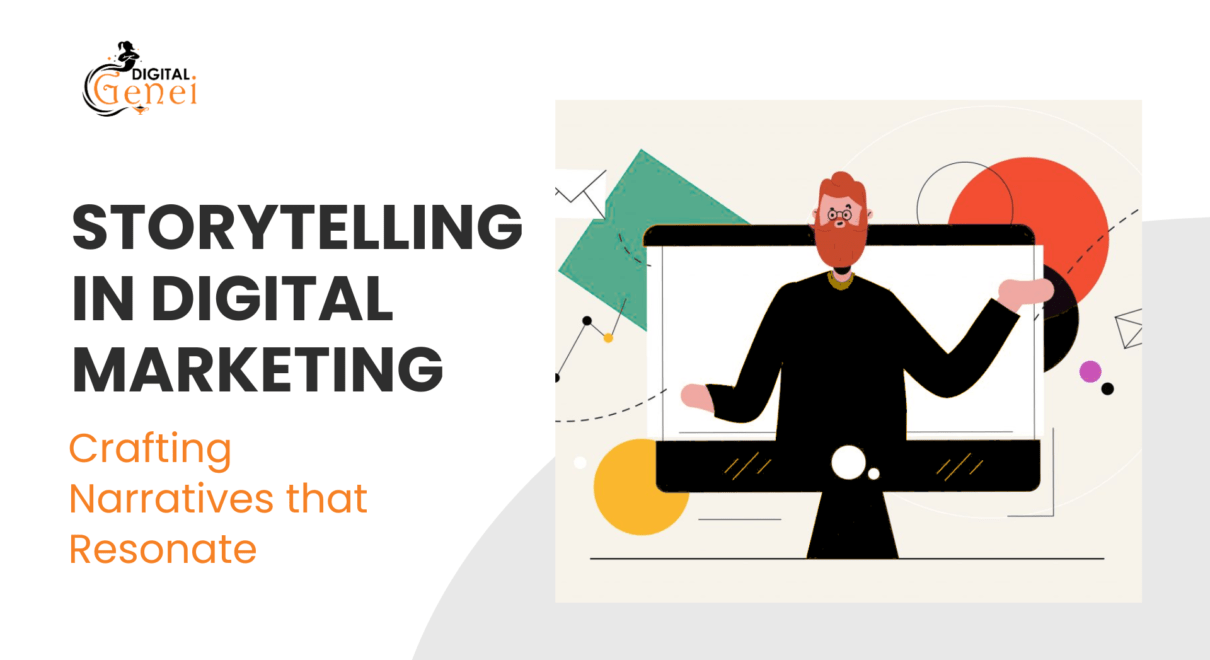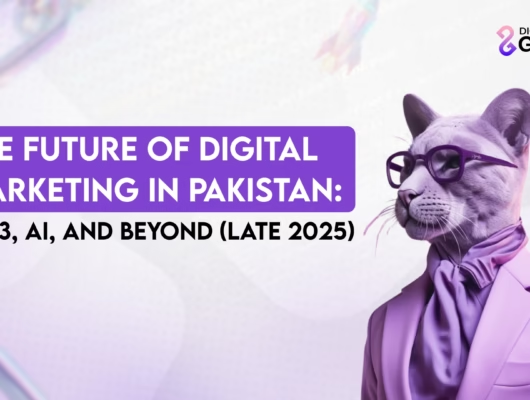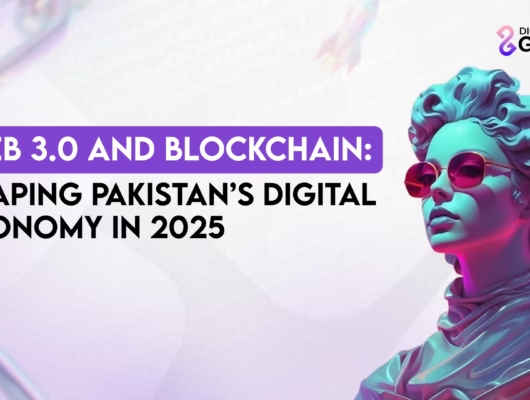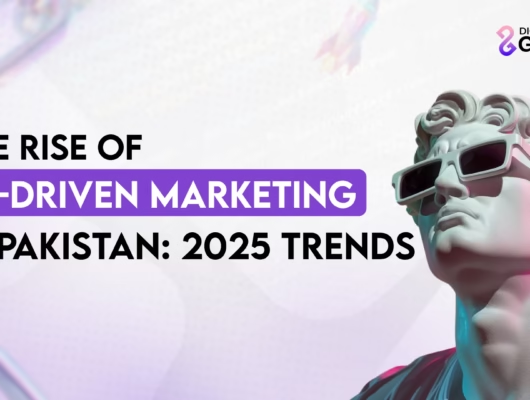What determines an effective and memorable marketing campaign?
The secret lies in the art of storytelling. Storytelling has emerged as an important tool for businesses to establish a connection and interaction with their target audience in the dynamic realm of digital marketing. It’s the art of crafting stories that not only inform but also evoke emotions, making your brand relatable and memorable. This article explores how creating compelling narratives can elevate the brand, attract an audience, and encourage genuine interaction.
The Power of Storytelling in Marketing
In the domain of digital marketing storytelling is not just an art it’s a science. Recognizing the psychology of storytelling is essential for marketers to generate content that resonates. According to Science, an engaging story activates empathy-related brain regions in the audience, increasing the possibility that they will relate and understand the content.
Why storytelling is key in digital marketing
1. Emotional Connection:
Stories evoke emotions and emotions drive decisions. An effective story can create a strong emotional bond with your audience.
2. Differentiation:
Storytelling allows you to stand out in a crowded market for your brand. A distinct story sets you apart and makes you memorable.
3. Enagagement and Sharing:
An attractive tale will encourage others to interact with it and share it, boosting the audience and impact of your content.
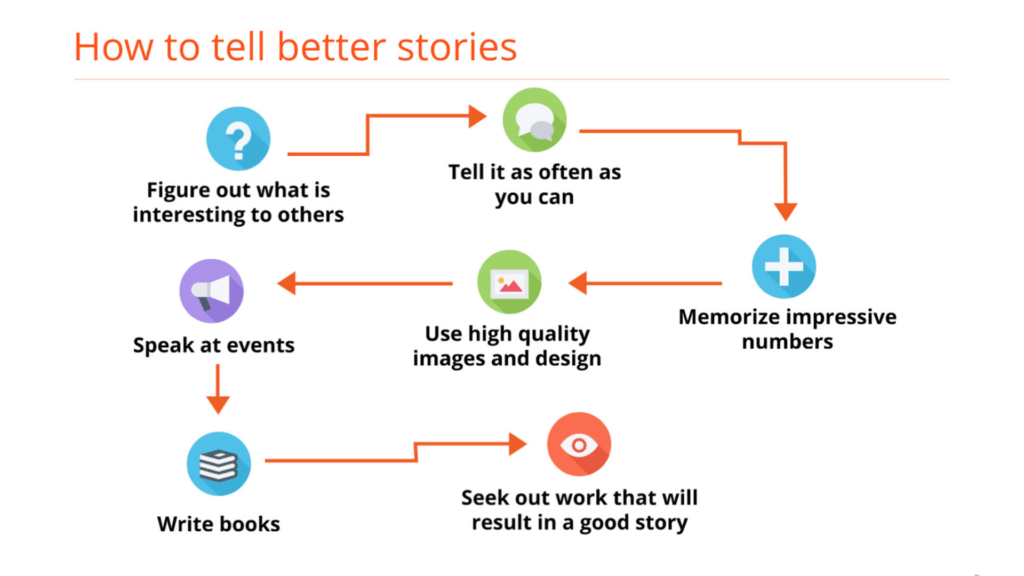
Elements of Effective Digital Storytelling:
1. Authenticity:
Authentic stories are real and trustworthy. To create an engaged community around your business, be sincere in your stories.
2. Reliability:
To establish your brand as approachable and relatable, your story should reflect the beliefs and life experiences of your target market.
3. Visuals and Media:
Make your storytelling more interesting and captivating by including images, videos, and interactive media. Incorporating visuals and media can enhance storytelling in digital marketing.
4. Character Development:
Customers and the community might play an important supporting role alongside your brand or product. Your Story’s relatable core is its characters, who represent your goals, aspirations, and challenges. Characters are the heart of any compelling story.
5. Simplicity:
Keep your story simple and focused. A short story and straightfoward has a greater impact and is simpler to recall.
Storytelling Across Digital Platforms:
1. Content Marketing
Use your blog posts, videos, and podcasts to tell stories that educate entertain and inform your audience. Create explainer videos, customer testimonials, and short brand stories to capture attention.
2. Social Media
Leverage the visual and interactive nature of Social media to share stories in a most engaging and personal way. Every post on Instagram or video on TikTok or YouTube Shorts ladder up to your brand narrative. For example, if you were to post a behind-the-scenes look at how your brand sources materials on social media, that’s a part of your brand story.
3. Email Marketing
Personalize your email with storytelling elements that speak directly to the recipient. Share stories of how your product is made the inspiration behind it or how it’s impacting lives.

Example of successful storytelling in Digital Marketing
Apple’s “Think Different” Campaign
Apple’s famous “Think Different” advertising campaign from the late nineties is an iconic instance of marketing storytelling. Apple portrayed a story of inventors, revolutionaries, and visionaries who dared to question the current quo rather than concentrating on product characteristics. The ad highlighted the notion that people with unconventional viewpoints had the power to transform the world and honored icons like Martin Luther King Jr. and Albert Einstein.
The “Think Different” campaign solidified Apple’s brand identity by associating the company with a story of inventiveness, individualism, and forward-thinking. Being a part of a culture that encouraged innovation and the pursuit of greatness meant more to us than just selling computers.
Conclusion:
In conclusion, digital marketers who want to meaningfully connect with their audience must master the craft of storytelling. By fostering an emotional connection between the customer and the business, it goes beyond conventional marketing and transforms straightforward messages into unforgettable experiences. As we’ve seen, using storylines strategically may help a business stand out, foster customer loyalty, and motivate action. Storytelling is no longer merely a benefit, but a need in the digital age of fierce competition and limited attention. Companies that are adept at this craft will not only endure but also prosper, making a lasting impression on their customers’ thoughts and emotions.

